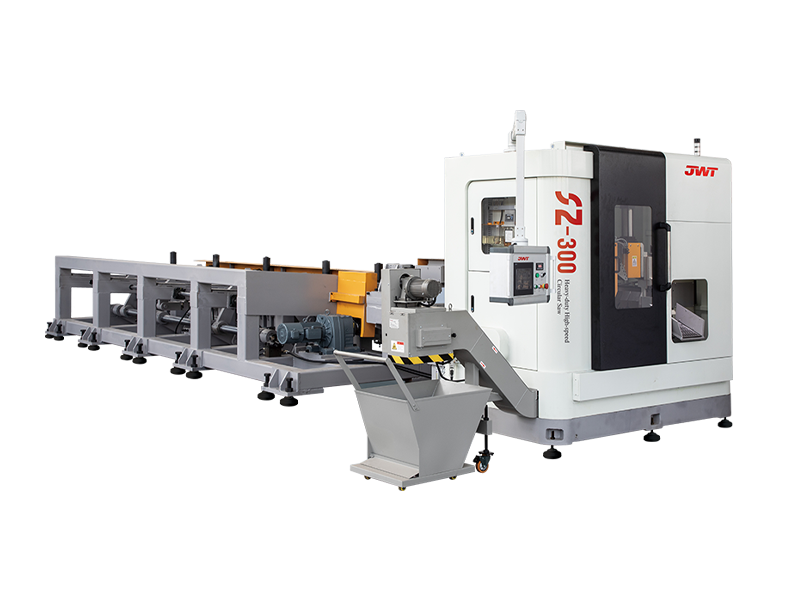Understanding the Significance of Circular Saw Machines in Industrial Applications
Circular saw machines derive their name from the circular blade that powers their operations. The blade's continuous rotation, coupled with the sharpness of its teeth, allows it to cut seamlessly through various materials, including wood, metal, and composites. This adaptability ensures that businesses in different sectors can rely on a single tool for multiple cutting tasks, streamlining operations and reducing equipment overheads.
One notable attribute of circular saw machines is their precision. Whether used in crafting detailed woodworking designs or cutting intricate metal components, these machines consistently deliver clean, smooth cuts. This precision is particularly crucial in industries like aerospace and automotive manufacturing, where even minor deviations can compromise the functionality of the final product.
The efficiency of circular saw machines further amplifies their appeal. Traditional cutting methods often demand significant manual effort and time, but circular saws simplify the process. Equipped with powerful motors and advanced cutting mechanisms, they enable operators to complete complex tasks swiftly and accurately. Moreover, the inclusion of automated features in many modern machines has redefined productivity standards, allowing for repetitive, high-volume cuts with minimal downtime.

Durability and longevity are other important advantages of circular saw machines. Constructed from high-quality materials, these machines can withstand rigorous usage in demanding environments. Proper maintenance, combined with the use of compatible blades, ensures that they remain operational for extended periods, making them a cost-effective investment for businesses.
Safety innovations have further enhanced the usability of circular saw machines. Features such as dust extraction systems, blade guards, and overload protection mechanisms minimize risks during operation. As a result, operators can focus on achieving precision without concerns about safety.
The role of circular saw machines extends beyond industrial settings, finding applications in construction and even creative fields. For example, in furniture making, they are indispensable for shaping wood into custom designs. Similarly, in construction, they assist in accurately cutting building materials, contributing to faster project completion and reduced material wastage.



 English
English 中文简体
中文简体







